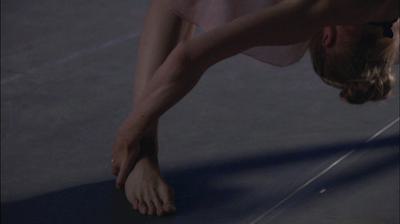Blueprint For A Caesium 137 Landscape
By
Kathleen Herbert
2019
Blueprints for A Caesium 137 Landscape are a series of works consisting of a collage of archive images from the Chernobyl disaster and the UK uplands, pinned onto undeveloped cyanotypes on watercolour paper. The colour of the cyanotype, Prussian Blue is created when UV light reacts with the cyanotype sensitiser. By not fixing the colour in water Kathleen has left tithe sensitiser to continue to react with the UV light and so the cyanotype is continuing to develop in real time.
Prussian Blue has a unique chemical structure that enables it to be used as an antidote to radiation poisoning. After Chernobyl the UK government had to find a discreet and effective way of preventing Caesium 137 entering the food chain. If the antidote chemical had been sprayed onto the landscape it would react with UV light and turn the landscape blue. Instead, Prussian Blue was fed to livestock feeding on the UK uplands. The unique structure of the colour meant that heavy metals were trapped inside its chemical lattice and its insolubility meant that they were excreted out of the animals and hence prevented heavy metals entering the food chain.
Photography Oskar Procter, courtesy Danielle Arnaud
Photographer Oscar Proctor, Image courtesy Danielle Arnaud
Helping Artists Keep Going
Axis is an artist-led charity supporting contemporary visual artists with resources, connection, and visibility.






